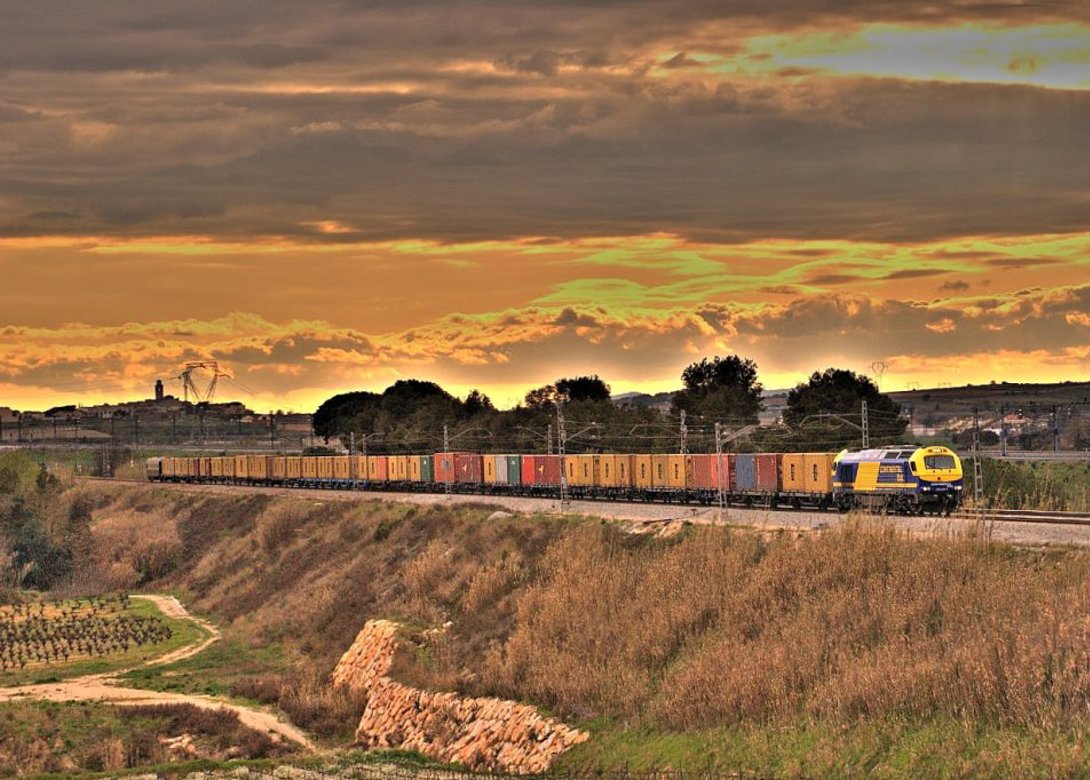
Structural bonding is fast gaining popularity over conventional joining methods for several reasons. The ability to join dissimilar materials such as plastics and metals is one significant benefit as it allows different combinations to be chosen for their performance quality without having to consider the joining method. A bonded joint is also sealed so it prevents leakage and corrosion, plus with no visible sign of the join it looks good too.
However, there is the question of strength and durability and it’s here that adhesive manufacturers are often met with a degree of resistance. Even though structural adhesives are used in some of the toughest applications – automotive and aerospace manufacture to name but two - some people remain unaware of the scope of structural bonding; others doubt its suitability over traditional joining methods.
So, when Henkel started to explore the best way to convey the merits of its latest LOCTITE® structural bonding development, it set its sights on creating a demonstration that would really make industry take notice. Henkel engineers decided to show the strength and durability of new and patented LOCTITE hybrid adhesive technology by designing a bonded coupler that would pull freight train wagons weighing 208 tonnes.
The new adhesive chosen to showcase this technology was LOCTITE® HY 4070. It is one of new breed of adhesives that combine the critical attributes of several adhesive technologies to achieve bond strength, durability and cure speed. These qualities are also complemented by improved health and safety credentials.
Good impact resistance makes LOCTITE HY 4070 a great choice for joining the elements of products that are subject to drop testing or shock loading. It also provides good elasticity, an important consideration when joining parts subject to relative movement; the train application being a great example. Fixture and cure speeds of this product are similar to those of an instant adhesive and this is achievable even when there is a relatively large gap between mating parts.
Selecting the best adhesive for the job, however, was only part of the story. As with all applications, the design of the rig that connected the engine to the lead wagon had a huge bearing on the outcome.
“208 tonnes is a lot of weight on a small bonded assembly,” explained Austin Campbell, one of the engineers who designed the rig. “We therefore incorporated springs in the mounts to accommodate movement and to add strength we specified toughened pins to hold the rig under the knuckle couplers.”
Having cleaned and sanded the steel plates, all it took was just 3g of LOCTITE HY 4070 and one hour of cure time to create the bonded assembly. On paper the join was man for the job, but Henkel still needed to find out how it would fare in practise.
Austin Campbell summarised: “The train started to move, pulling 208 tonnes of wagons along the track, up hills and over bridges. Ultimately the steel plates bent but the adhesive join held firm. It was a tremendous effort by all the LOCTITE teams involved. Making a success of such a powerful demo was a great feeling.”

Will joined Fastener + Fixing Magazine in 2007 and over the last 12 years has experienced every facet of the fastener sector – interviewing key figures within the industry and visiting leading companies and exhibitions around the globe. Will manages the content strategy across all platforms and is the guardian for the high editorial standards that the brand is renowned.





